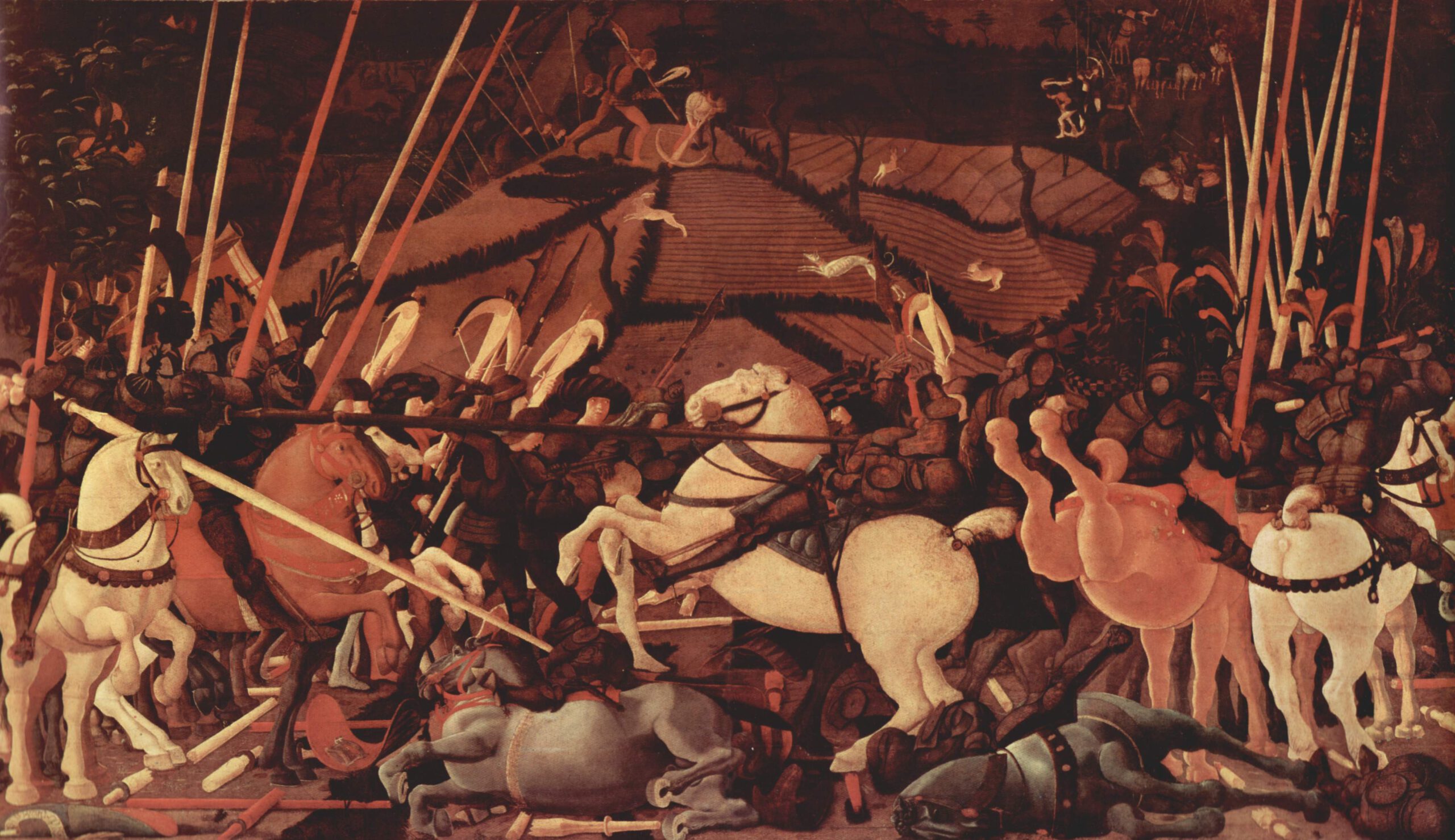In the 4th millennium BC, the Gulmenitza culture (Romania and Bulgaria) was familiar with the domestic horse. By the 3rd millennium, the Carpathian Basin was covered with domestic horses. There were no domestic horses in Central and Western Europe until the Final Neolithic, i.e., the first half of the 3rd millennium BC, although the occasional discovery of horse remains in Neolithic contexts raises the question of whether the horse was domestic or wild (or intrusive!). It may well have been domesticated on the spot, the process being “in the air of the times” and the conditions lending themselves to it. How did the horse arrive in Europe? What about horse-riding among the Greeks and in the Middle Ages?

The horse in Western Europe
But the domestic horse arrived in Western Europe mainly because of the Danube migrations of the Campaniform civilization, from 2500 BC onwards. Around 2000, (domestic) horse remains were found throughout Europe “from the Orkney Islands to Greece”. Towards the middle of the 19th century BC, the development of the bronze economy made it necessary to transport the metals making up the alloy (copper, tin, and lead), whose mines were far apart: transport by sea and by land developed throughout Europe, between the Baltic Sea and the eastern Mediterranean. Horse-drawn carts were used intensively, and the economy in Northern Europe depended on them to such an extent that, from the Middle Bronze Age onwards, they became the object of a kind of “wagon cult”, with votive statuettes such as the Trundholm Wagon in Denmark. By the Bronze Age, Central European horses were 125-130 cm at the withers, smaller and more graceful than their Hungarian contemporaries.
In the Iron Age, Western horses, which had become very common, were still pony-sized (less than 126 to 127 cm at the withers, average 126 cm), sometimes even very small (100 cm and less). The Celts deified the horse and made it the emblematic animal of Epona, a highly venerated goddess in Gallo-Roman times. Gallo-Roman horses (as well as other animals such as dogs and deer) were the subject of individual or collective burials, the full significance of which still eludes us.
Central European horses are taller: from 120 to 150 cm, with an average of 136 cm. Eastern horses of the 1st millennium BC (Scythians and Sarmatians) are larger (around 135 to 145 cm) and thinner. The Scythians would have used stirrups, but this particularly important innovation was not adopted by either the Greeks or the Romans.
While the history of horsemanship in Western Europe is inevitably denser than that of its appearance in America, the great horse nations of the East should not be overlooked.
The horse among the Greeks and Romans
The Greeks, the historical inventors of horse racing, and above all the Romans, imported Scythian, Sarmatian and Geto-Dacian horses in large numbers and, by disseminating them throughout their respective territories, improved Western horses. The earliest Greek horses were slender, measuring 115 to 135 cm at the withers, while those of the last centuries BC reached 140 cm and more. The Romans used horses between 115 and 155 cm for the army, reserving the largest (145 to 155 cm) for the cavalry. Contemporary Gallic and Germanic horses were smaller (around 130 cm). The Romans protected their horses’ feet with hipposandals, while stamping and nailing irons, as we know them today, were found on Celtic sites near Salzburg and Bern in the late 1st century B.C., but only slowly became widespread. Classical Greek hippological and hippiatric texts – “Xenophon” (430 to 354 BC): “De l’art équestre” – and Latin – “Varron” (116 to 27 B.C.): “l’Économie rurale”, Columelle (beginning of the era to 65 A.D.): “l’Agriculture” – are millenary references and still delight modern readers. The rise of the mulomedicina, or hippiatry, not only reflects the horse’s economic interest, but also the feelings it aroused among the Romans, who, unlike contemporary peoples, did not eat their horses.
The horse in the Middle Ages
In the Middle Ages, horse breeding was not characterized by its zootechnical dynamism, even if the war and ceremonial horse could dominate through its size and the presence it conferred on crews. By way of exception, the Arabian horse, instrumental in the Muslim conquests of the 5th and 8th centuries, was already a high-tech product. Horses unearthed in the tombs of avaricious and Slavic horsemen from the early Middle Ages in Central Europe measured 131 to 145 cm at the withers, with extreme values of 119 to 150 cm, but these “privileged” horses may not reflect the equine population.
In their expeditions, the Vikings used small horses under 140 cm, from which many of today’s island pony breeds are descended. Horses from the time of the Magyar settlement in the 10th century were 136 to 137 cm at the withers. Along with stirrups, the “great invasions” of the early Middle Ages introduced the shoulder collar. The horse was then put to work in the fields. Medieval illuminations show working horses (and cattle) to be so small that it’s questionable whether the proportions are right. Archaeozoological figures show that this is indeed the case. As in the case of other domestic species, it wasn’t until the modern era that the size of horses increased, and their breed characteristics became clearer and fixed in standards.


